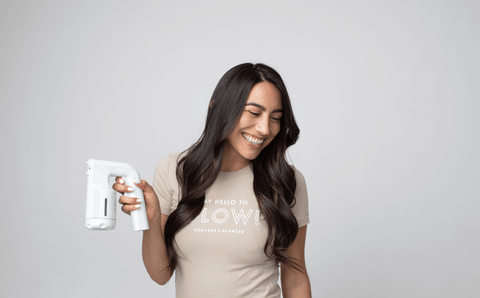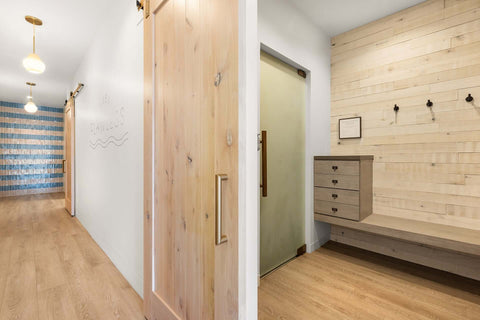When we think of sugaring, our minds might immediately jump to scrubs. But let's dive deep into the rich history of sugaring as an effective method of hair removal. This age-old technique, adored by none other than Cleopatra herself, uses a natural concoction of lemon, sugar, and water. These three basic ingredients, when boiled together, transform into a paste, which varies in consistency from soft to firm.
Historical Roots of Sugaring
The roots of sugaring can be traced back to ancient Egypt. The iconic Cleopatra used this method not just for hair removal but also to exfoliate her royal skin. The texture of this sugar paste, whether soft, medium, or firm, is chosen based on individual skin type, condition, and the aftercare regimen. Furthermore, the expertise and experience of the 'sugarista' also play a pivotal role.
How Does Sugaring Work?
Unlike conventional methods, sugaring requires applying the paste against the direction of hair growth and pulling in its favor. This may cause a momentary pinch, but the discomfort is fleeting, ensuring only the removal of dead skin cells. Regular moisturizing and limited exfoliation (up to three times weekly) can even reduce the sensation, making the process increasingly comfortable over time.
The efficacy of sugaring is such that, with consistent sessions, you'll observe reduced hair growth. This is because the paste, when molded into the hair follicle, detaches the hair from its root, potentially impairing the papilla (hair's nutrient source). Over time, some might even discover patches where hair ceases to grow, making sugaring an optimum choice for those targeting long-term hair reduction, especially for those with sensitive skin.
Pre-Sugaring Essentials:
- Steer clear of shaving, tweezing, or waxing for a minimum of 2 weeks. Aim for hair that's about as long as a grain of rice.
- If you've previously used hard or soft wax, wait at least 30 days before opting for sugaring.
Post-Sugaring Aftercare:
- For 24 hours post-treatment, avoid activities that induce sweating, refrain from skin-to-skin contact, and steer clear of hot tubs, direct sun exposure, and tight clothing.
- When exfoliating, particularly in sensitive zones like the bikini area, sidestep scrubs with heavy oils or strong fragrances.
- Oils such as jojoba or coconut are lightweight and can deeply nourish the skin. They not only restore the lipid barrier function, enhancing skin texture, but also make subsequent sugaring sessions less painful. Try our S+B Hocoba Oil.
In summary, if you're looking for an ancient, tried-and-true method for hair removal, sugaring might be your golden ticket. With proper preparation and aftercare, it's a holistic approach to smooth and radiant skin.



